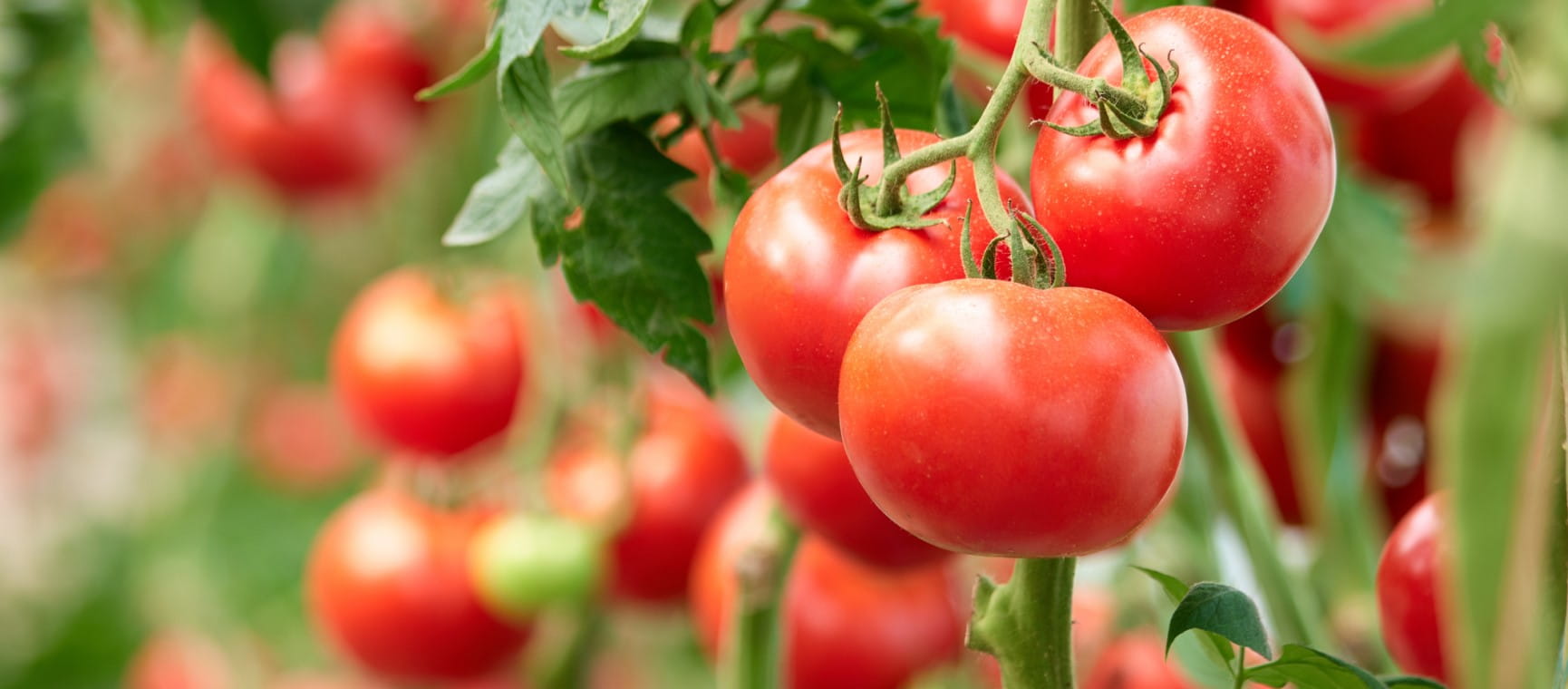

These simple tricks will improve the taste and size of your harvest.
Growing tomatoes at home can feel like a labour of love. Sometimes, you may feel as though you’re doing everything right, but your tomato plants still won’t play ball. Whether affected by blossom end rot or offering a mysteriously low fruit yield, there are many reasons why your harvest may be falling short. That’s why we’ve rounded up some tips for growing the perfect tomatoes at home.
We’ll look at planting tricks that will give your tomatoes the best chance at thriving, rather than simply surviving. From improving how you plant your seedlings out to tightening up your watering schedule, these tips for growing the perfect tomatoes at home will hopefully highlight any potential mistakes you've made so far.
Don’t forget to fertilise
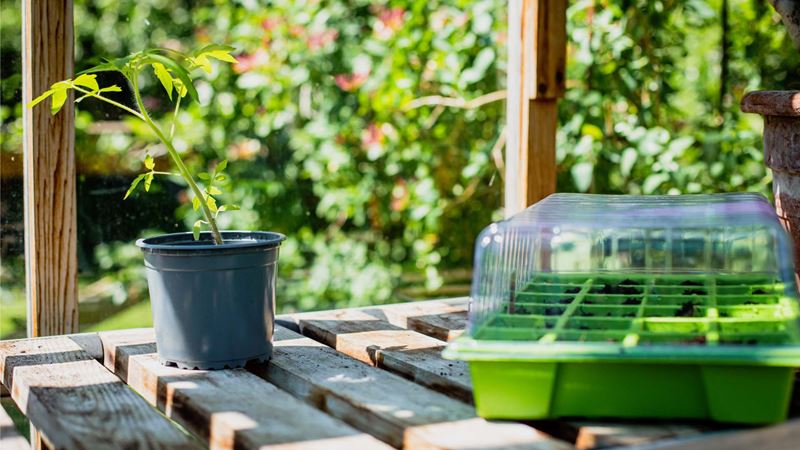
Tomatoes are hungry plants. Absolutely ravenous. And rightly so – it takes a lot of energy to grow good quality, succulent fruit that keeps coming. That’s why we’re going straight to the root of any problem you might be having: let’s look at the soil.
“Don’t forget to fertilise,” says Angharad James, product manager at Phostrogen. “The secret to growing tomatoes is in the soil – you need nutrient-rich compost to ensure your plant grows big, juicy tomatoes.
The leaves and fruits of a tomato plant consume a lot of nutrients [such as potassium, nitrogen and calcium], so it’s essential you feed your plants using a specialist fertiliser.”
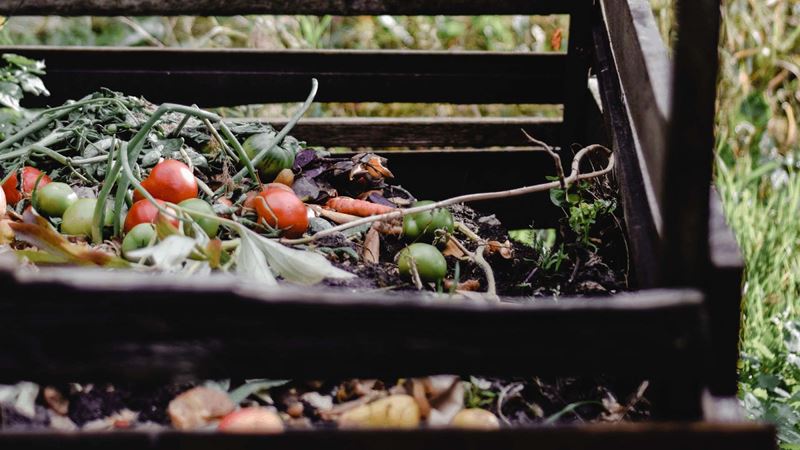
Expert gardener Huw Richards has also shared his tips for growing the perfect tomatoes. Speaking on his popular YouTube channel, he acknowledges that we often forget that in its natural habitat, a tomato plant is a short-lived perennial, which prefers to have a balance of bacteria and fungi in the soil. Essentially, the soil needs to be rich in nutrients and microbes.
Richards explains that he has a simple trick to improve soil quality. He adds a mulch to the top layer of his tomato plant beds once he’s planted out the seedlings (a mulch is important to no-dig gardening, too).
This could be grass cuttings, wool, leaf mulch or compost. Regardless of your choice, he says a mulch helps to retain moisture in the soil, as well as create a more stable soil temperature. Your tomato plants will thank you.
If you have the space, you could (like Richards) also plant beetroot between the tomatoes, as they’re a good companion and can also help improve the soil.
Tomatoes love warmth
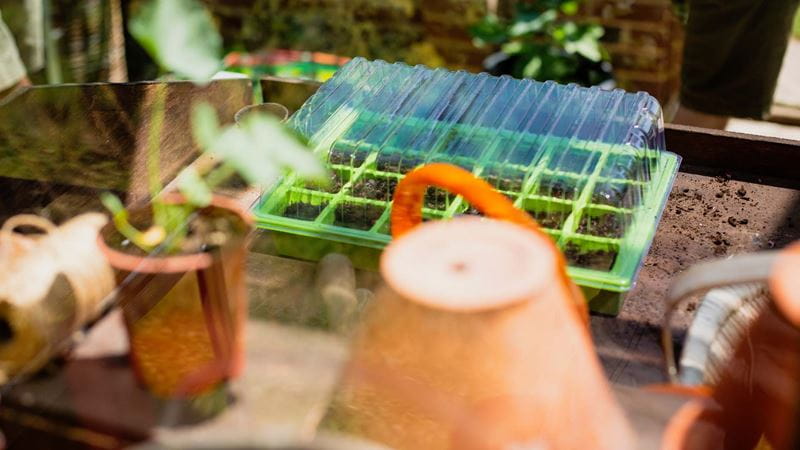
These salad staples originated in Central and South America, so it’s no wonder that the cultivars we grow today still want warmth. That’s not always in plentiful supply, depending on where you live, but it’s still possible to give your plants a helping hand.
“Growing under glass is the ideal way to start off your tomatoes,” says Daniel Carruthers of Cultivar Greenhouses. “Not only will the warmer climate help them germinate, but it will also protect the plants from the fungal spores of blight.”
Start by filling your small pots or trays with peat-free compost, water, and leave it to drain. After the water has drained through, sprinkle your choice of tomato seeds evenly over the surface of the compost. Cover the seeds with a thin layer of compost or vermiculite [used to keep compost moist and attract plant nutrients in the soil].
“Next, put the newly sown seeds inside a polythene bag, wrap with cling film, or pop them in a heated propagator to maintain an even temperature for germination, and place in a sunny spot in your greenhouse or on a warm window sill.
As soon as the seeds have germinated, and you can see the seedlings growing out of the compost, remove the plastic covering and allow them to continue to grow in a warm place indoors.
Your seedlings will be ready to be potted on, or transplanted into a larger container, when they are at least three inches tall and have their first true leaves, which are the second set of leaves that appear.
After a few weeks, your seedlings should be large enough to be potted on again or you can begin the gradual process of acclimatising them to the great outdoors, before transferring outdoors permanently into individual pots or well-prepared soil. Choose a sunny but sheltered spot to protect crops from any unexpected extreme weather conditions.
Give them enough space to grow
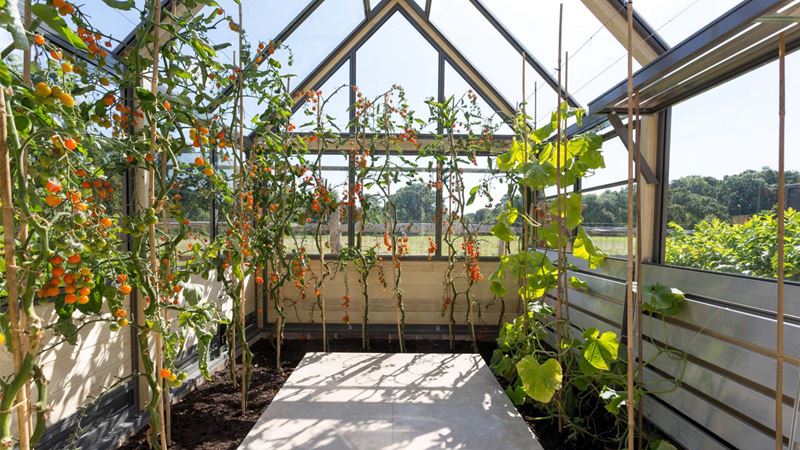
A vital tip for growing the perfect tomatoes is to simply give them space to breathe. Don’t be tempted to crowd your tomato plants tightly together, thinking that more plants equal more fruit. As the plants grow, their green foliage will get in the way of each other, restricting sunlight. This means less fruit.
Richards explains that we shouldn’t be afraid to space our tomato plants out a little more than recommended. For his cordon cultivars, Richards measures 40cm (16in) between each plant – using a piece of string, but a stick would work.
Add compost before the plant
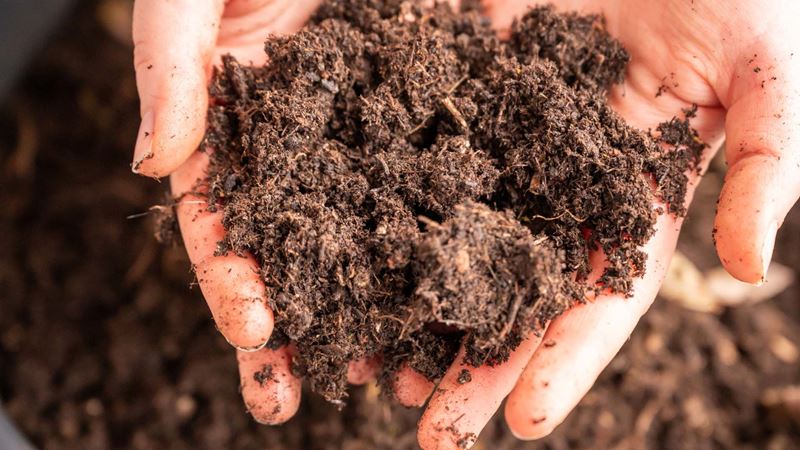
We know that tomatoes are a particularly hungry plant. You can give them a helping hand as soon as they’re planted out by adding nutritious compost to the base of the planting hole before you pop the young plant in. Don’t forget to water it well, too, but we’ll get onto that in a moment.
You might not realise quite how deeply tomatoes can be planted to ensure they really thrive. Richards says he plants them deep, so they have more access to nutrients and water further down into the available ground. Even if this means covering the first couple of leaves (he gently removes them so it’s just the stem below ground).
Too much or too little can spell disaster
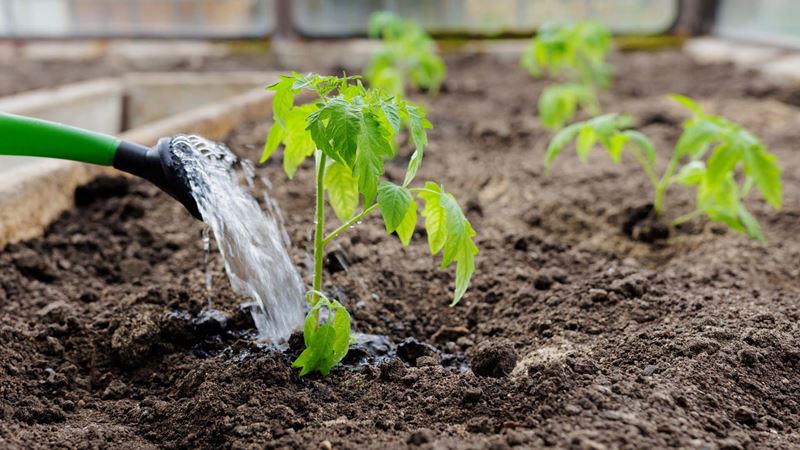
When you’re giving your kitchen garden a spritz, it’s best not to treat your tomatoes like all the other plants.
“Try not to wet the leaves, as this can encourage disease such as blight to spread,” says James. “But also ensure that tomato plants aren’t allowed to dry out, as this increases the risk of blossom end rot.”
She advises that gardeners keep the soil consistently moist. Richards agrees that regular watering is vital. He says as a rule of thumb, he waters his tomato plants once every two sunny days, or once every three overcast days (though his are growing in a polytunnel). In terms of volume, Richards explains the bigger the plant gets, the more water it’ll need.
He aims for half a litre when his tomatoes are first planted out, but this can increase to between 3-4 litres of water for each mature plant each time. They’re certainly thirsty. He helps his plant get a proper drink by carving a kind of ‘bowl’ into the soil around the young plant as soon as it’s introduced to a bed. This reduces surface runoff and ensures every plant is quenched equally.
“When watering your tomatoes, if possible, use water from your tap, instead of a water butt,” suggests Carruthers “This water could contain disease, potentially affecting tender, young plants.”
Shoo away side shoots
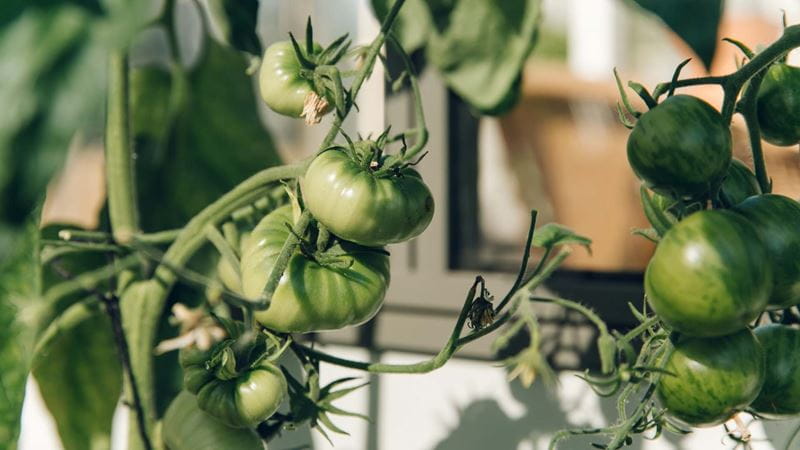
For cordon plants that need pinching, it’s vital that the ‘suckers’ are removed. These are the small shoots and leaves that pop out between the main stem and an existing branch.
“Remove these side-shoots to promote a healthy, full growth,” advises Carruthers. This helps cordon tomato plants to channel all their energy into growing enough to produce lots of healthy fruit, rather than more green foliage. The less foliage there is, the more sunlight and air can reach the plant. The risk of disease is vastly reduced (provided proper watering takes place). You'll give every plant the best chance possible to bear lots of delicious tomatoes.
Are your tomatoes ready to eat?
“You’ll know that your tomatoes are ready to pick when there are no green areas left on the skin of the fruit,” says Carruthers. “Simply pinch it off from the top of the plant, and it should come away easily if it is ready.
“Remember, don’t store your tomatoes in the fridge, as the cold temperature will ruin the rich flavour. Keep them at room temperature on your kitchen counter. Aim to eat them within a few days of harvesting to enjoy them at their best.”
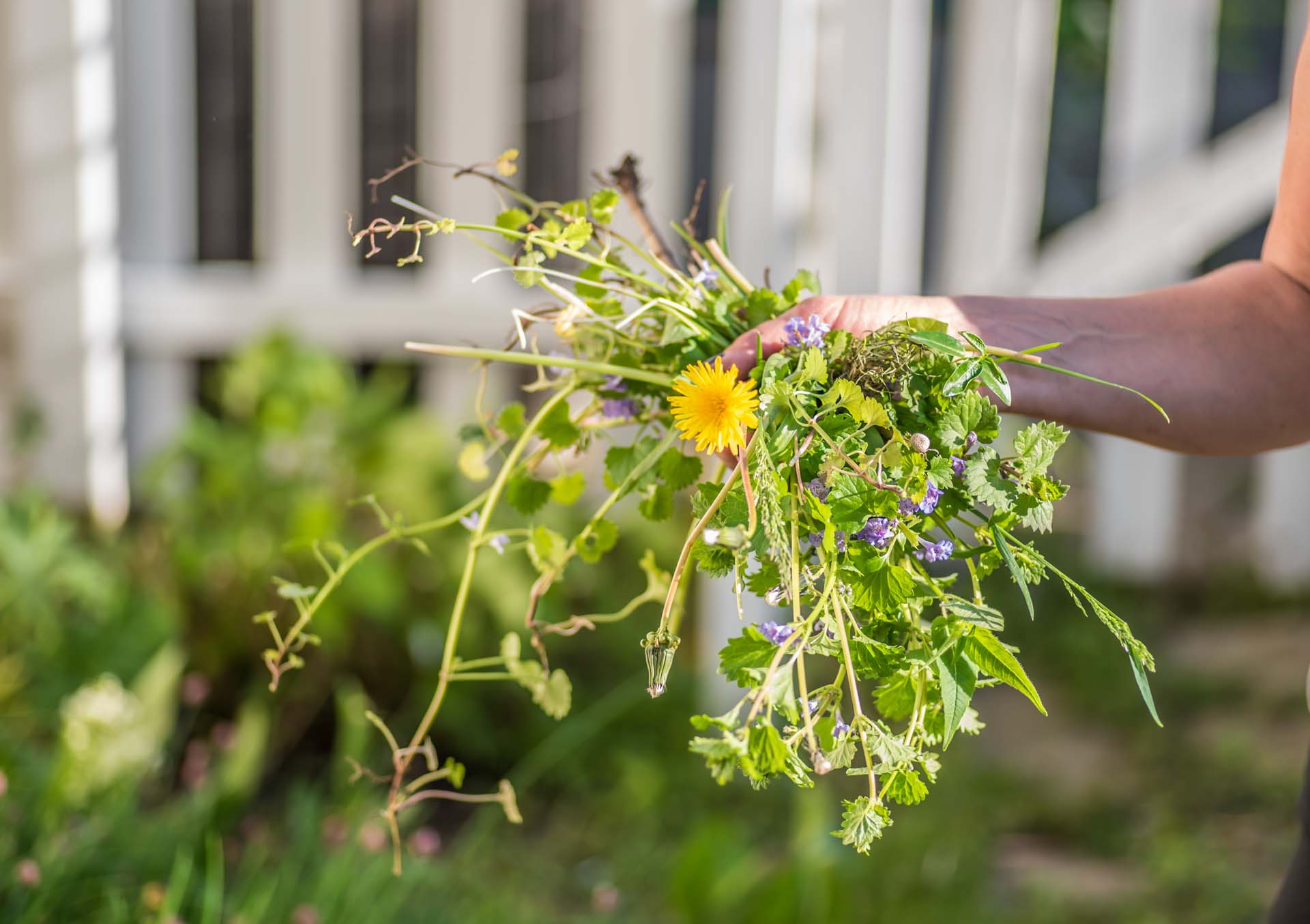
Discover ten easy ways to get rid of weeds naturally while protecting the ecosystem.
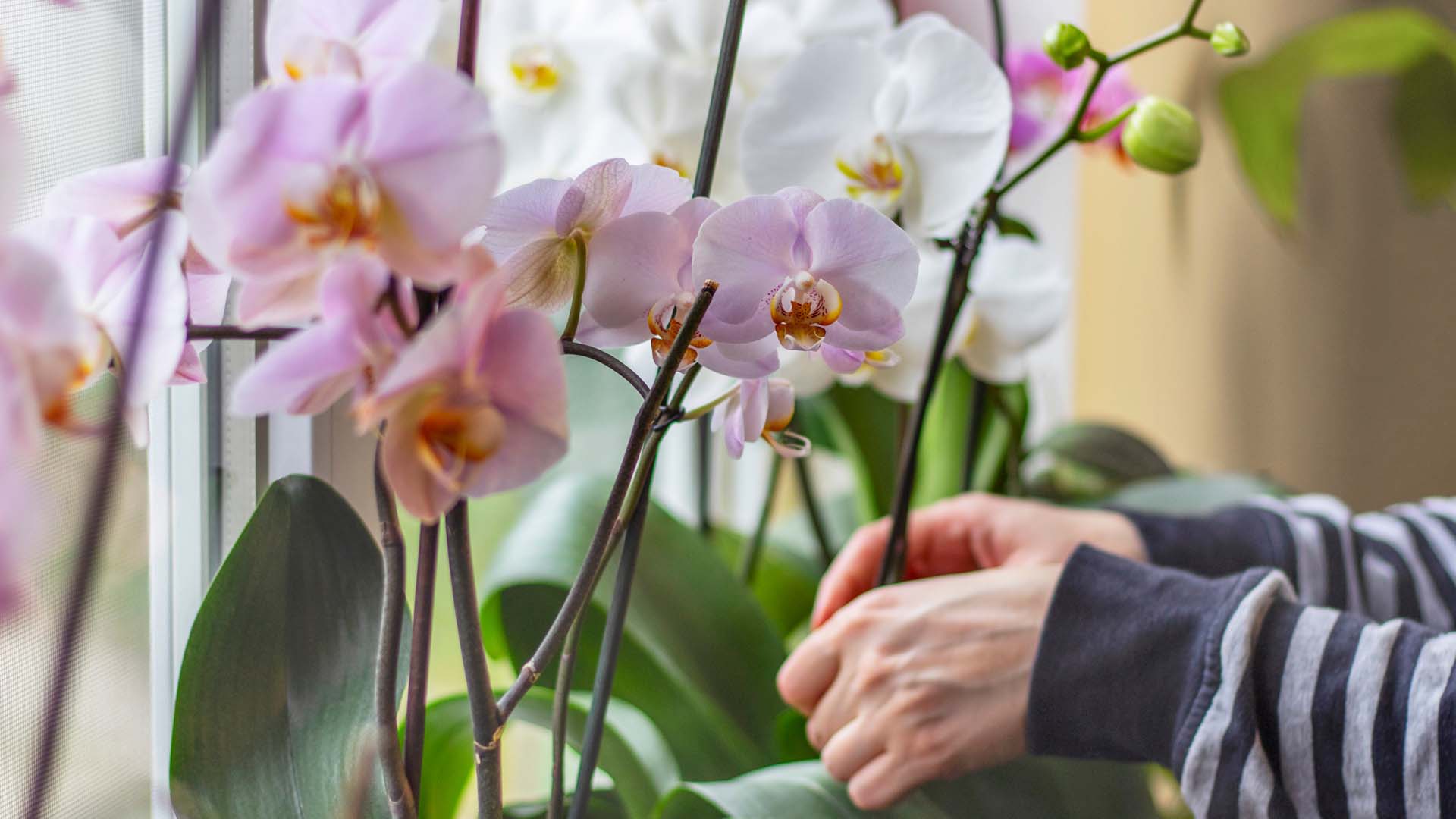
Our expert pruning and watering hacks include a top tip to keep them flowering from Alan Titchmarsh.
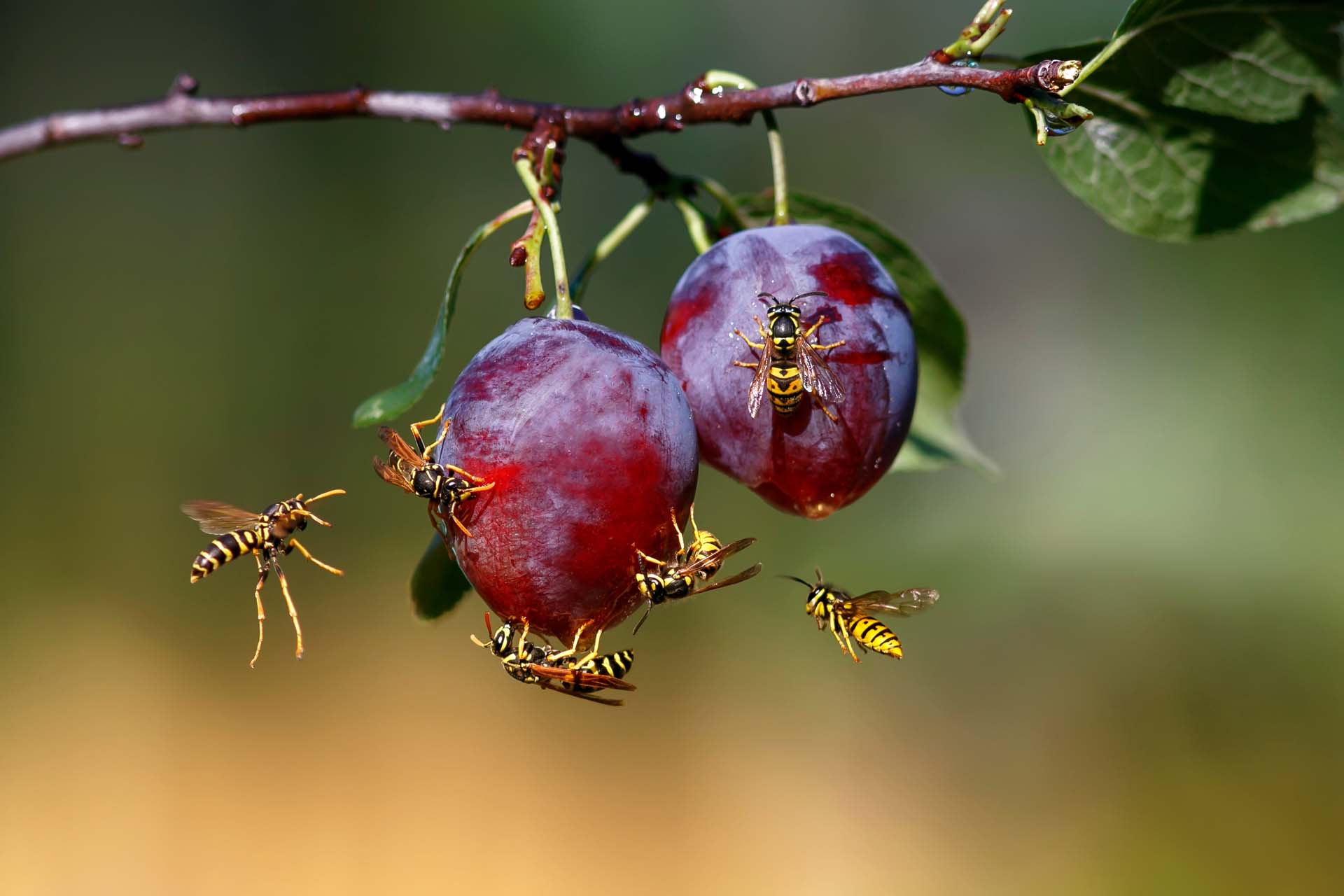
Blighted by buzzing? How to keep wasps out of your garden without harming them so you can enjoy the summer.

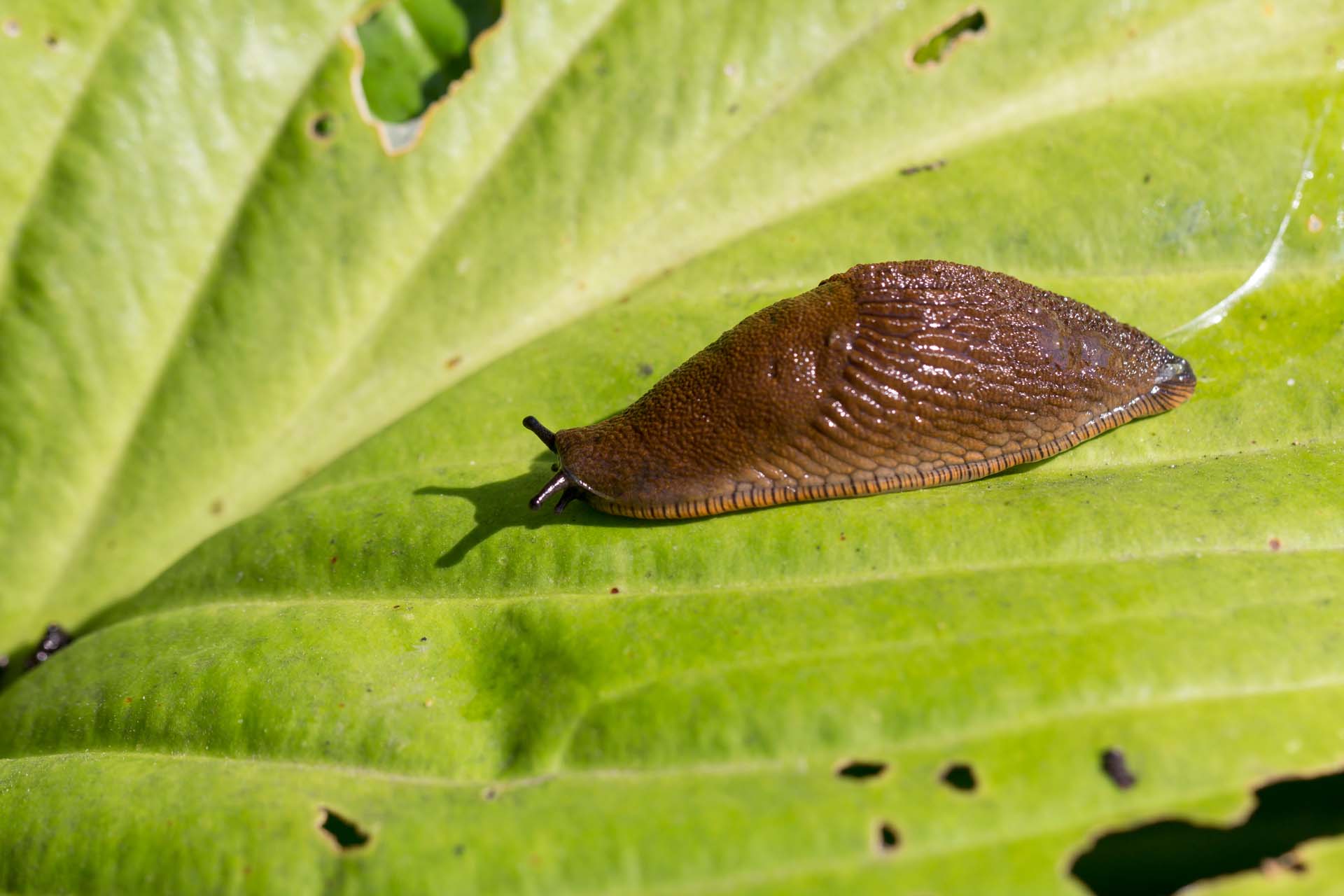
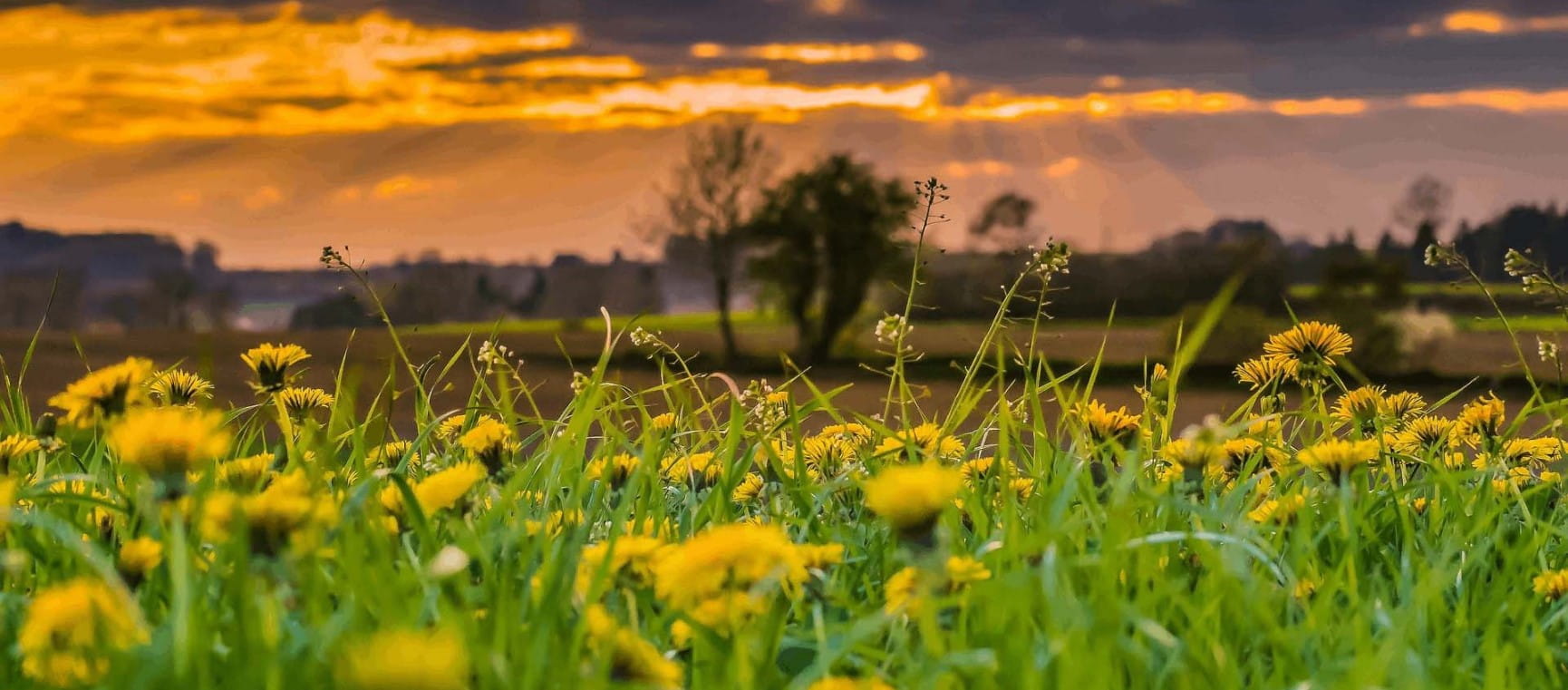
Want to know how to get rid of dandelions? Advice on how to tackle them but why they might be worth sparing.

